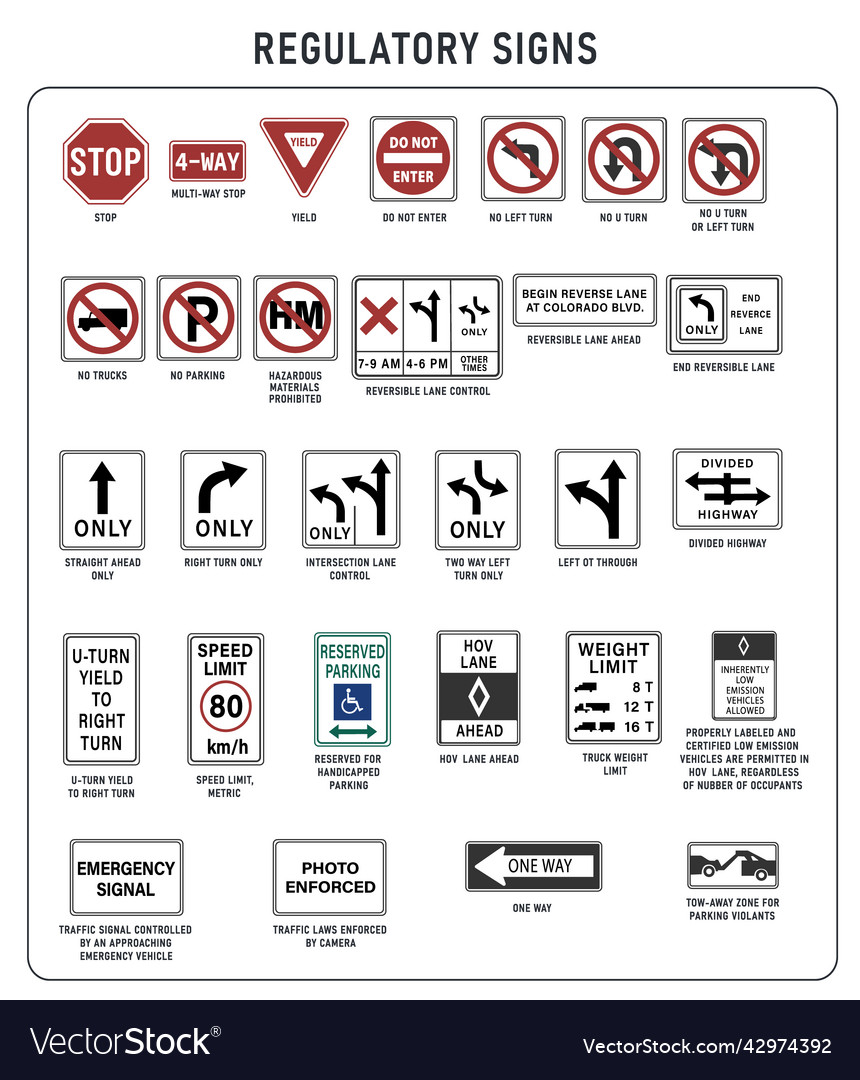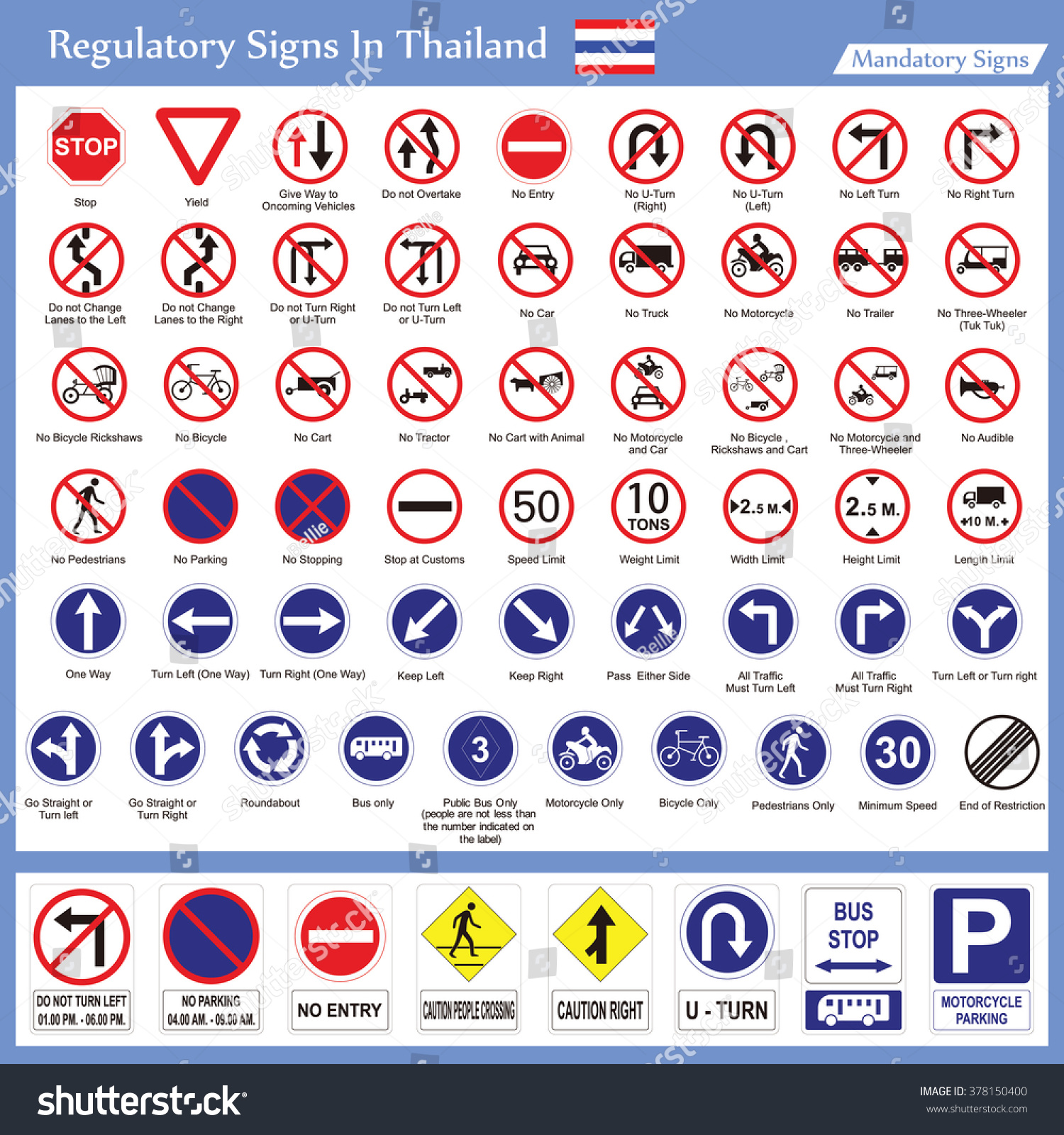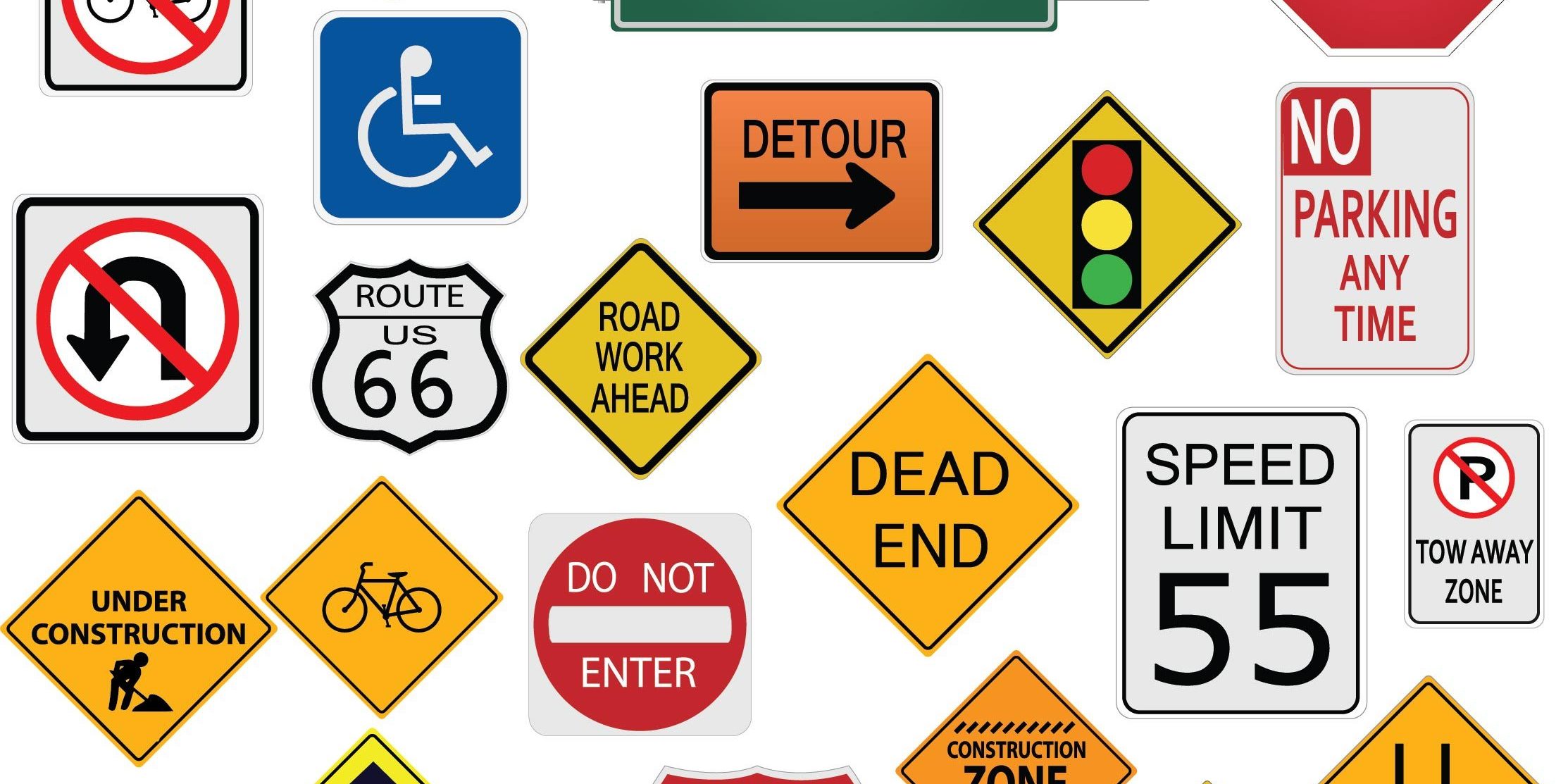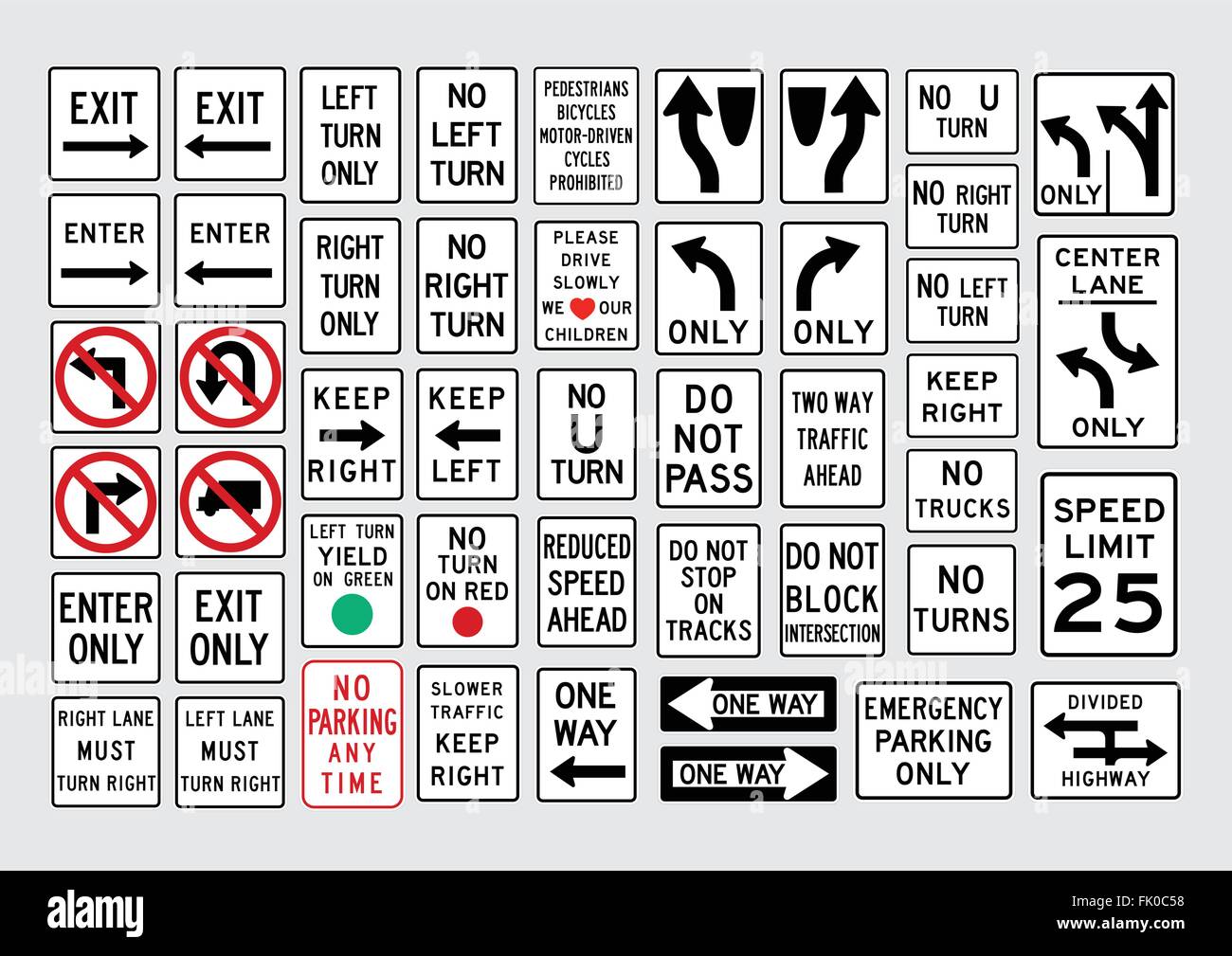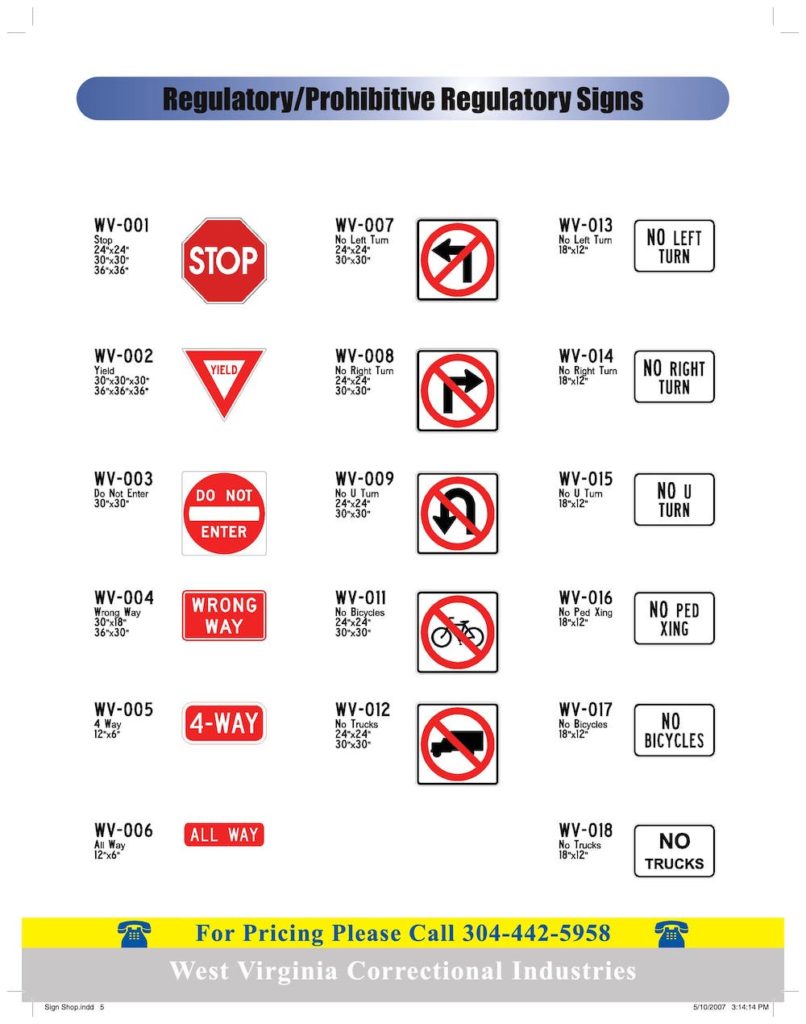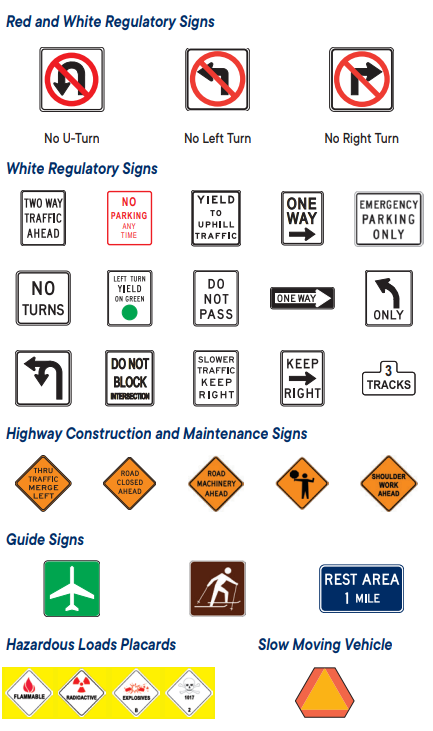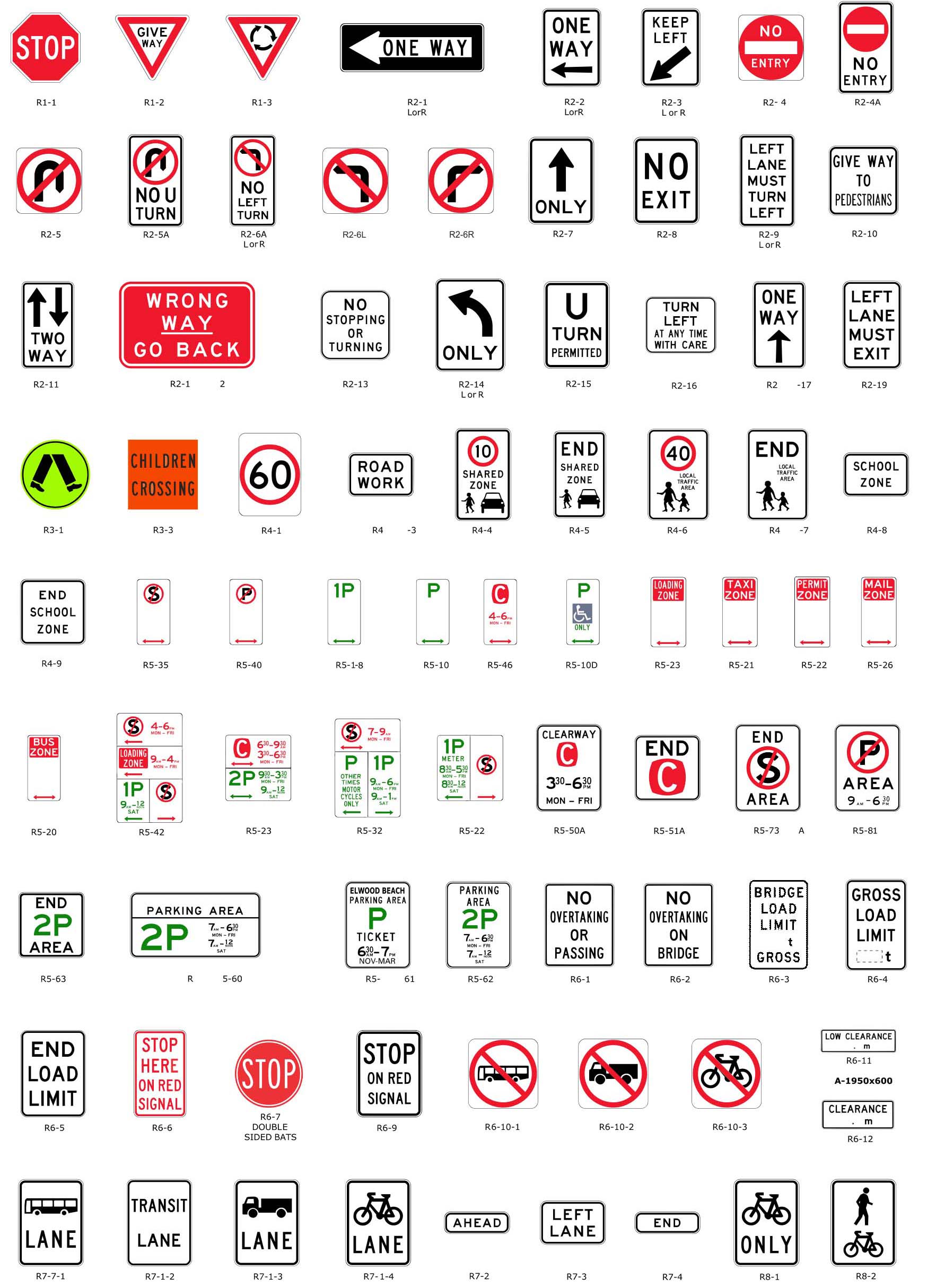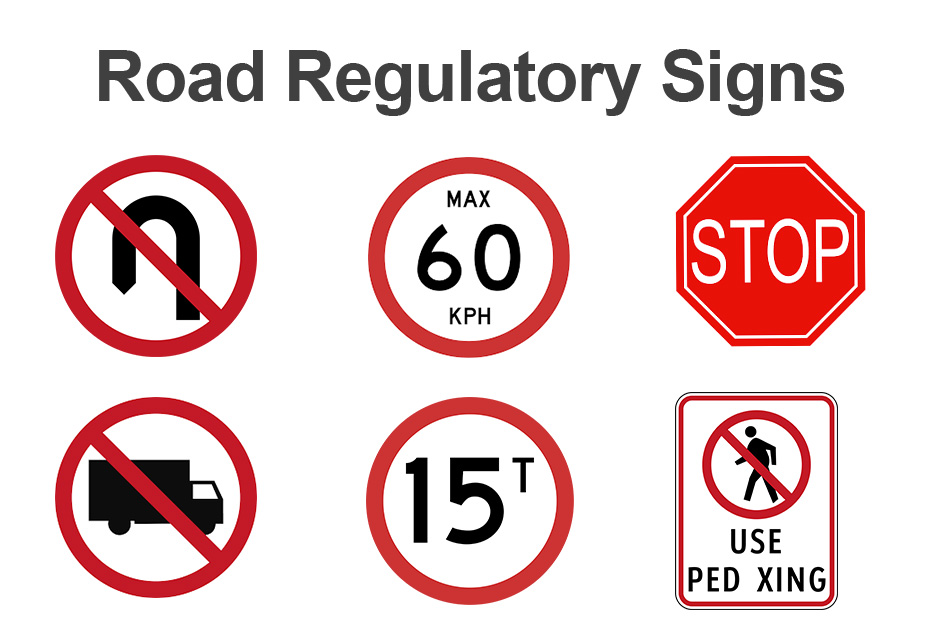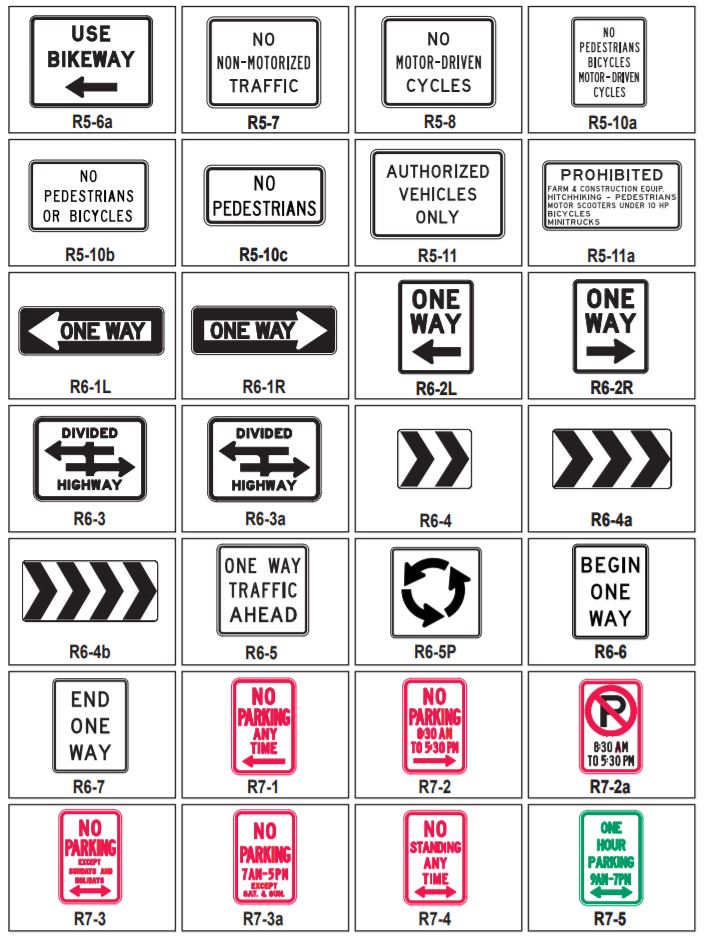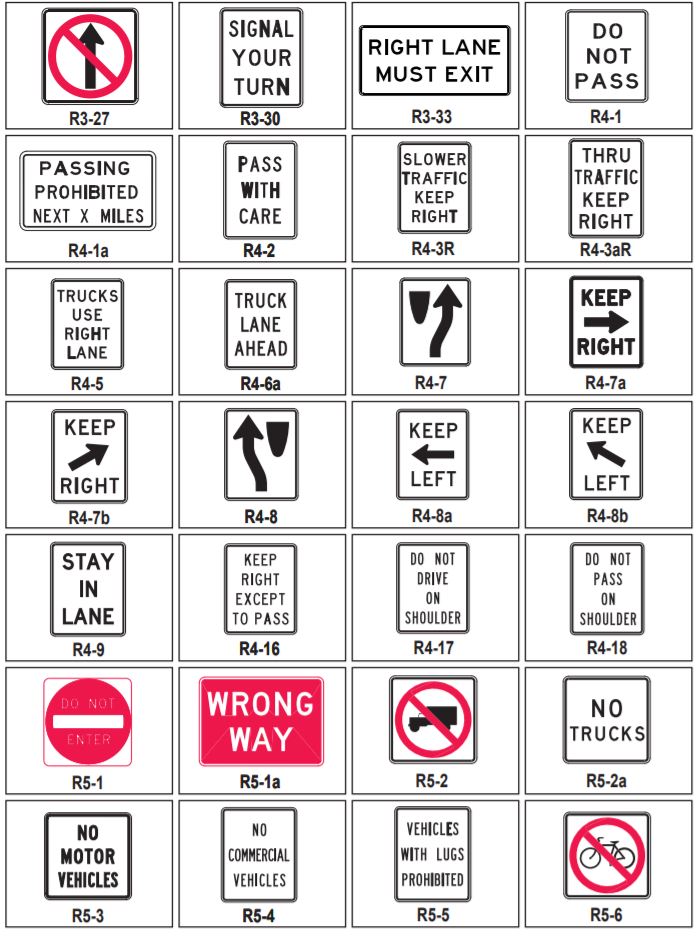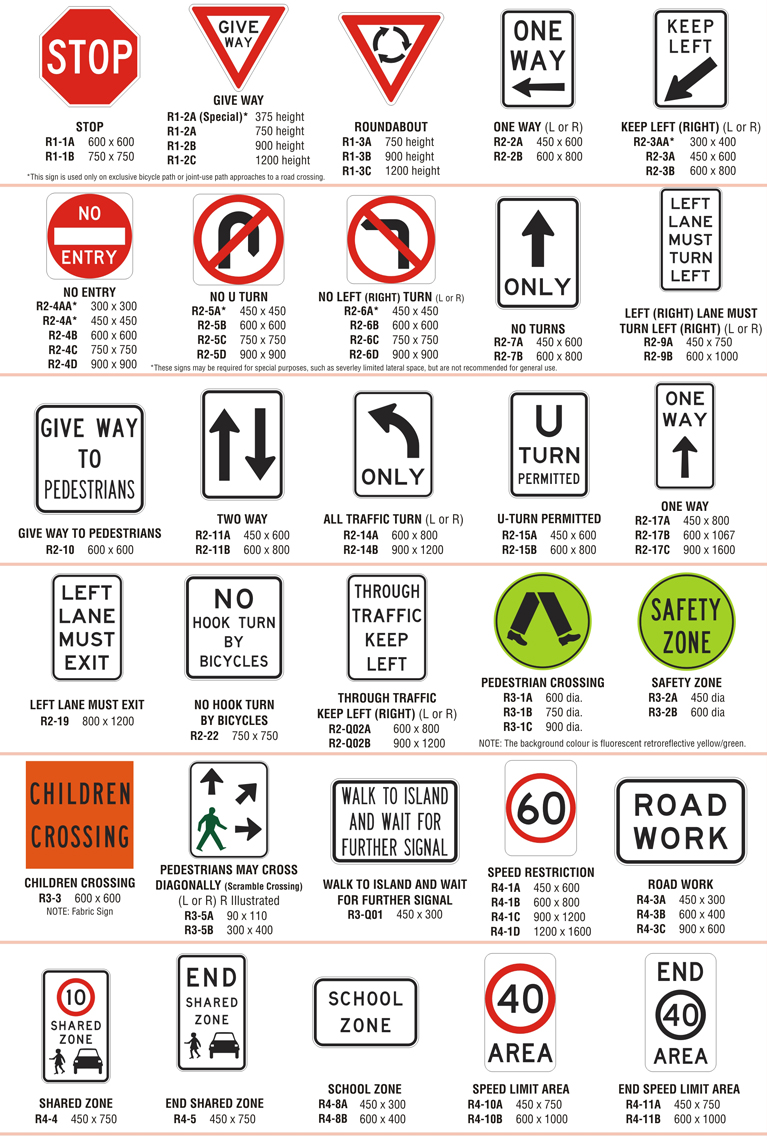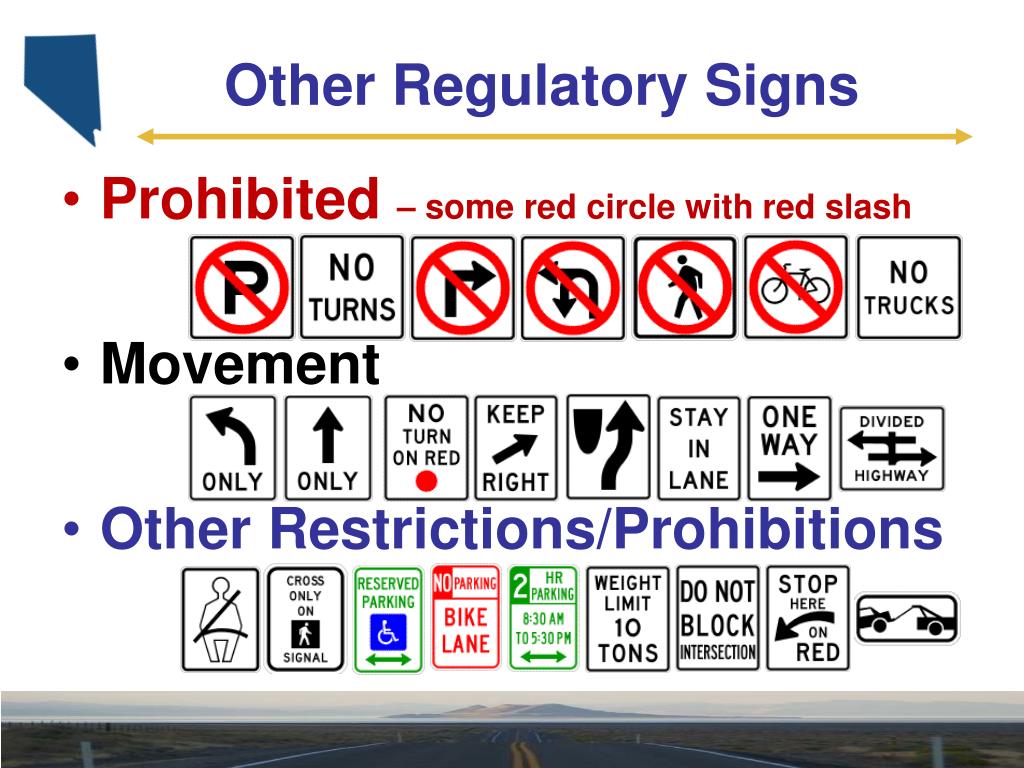Which Of These Would Be Considered A Regulatory Sign

A simple glance at the roadside reveals a silent language spoken in shapes and colors: traffic signs. But amid the visual clutter, distinguishing between signs that merely inform and those that legally bind can be crucial, holding the key to safe driving and avoiding costly penalties.
The question, "Which of these would be considered a regulatory sign?" isn't just a theoretical exercise; it's a matter of public safety and legal compliance. Misunderstanding regulatory signs can lead to accidents, traffic violations, and even more serious consequences. This article will delve into the world of traffic signs, dissecting the characteristics of regulatory signs and differentiating them from warning and guide signs.
Understanding the Hierarchy of Traffic Signs
Traffic signs are broadly categorized into three main types: regulatory, warning, and guide signs. Each type serves a distinct purpose, and recognizing these differences is fundamental for all road users.
Regulatory Signs: Setting the Rules of the Road
Regulatory signs, as the name suggests, dictate the rules of the road. They inform drivers of laws and regulations that must be obeyed. Disobeying these signs can result in fines, points on your license, or even legal action.
These signs are often rectangular or square shaped, and sometimes round. They typically feature a white background with black or red lettering and symbols, however, there are exceptions to the rule.
A key characteristic of regulatory signs is their mandatory nature. They’re not suggestions; they’re directives.
Examples of Regulatory Signs
Common examples of regulatory signs include Stop signs, requiring a complete halt before proceeding. Yield signs, instructing drivers to give way to other vehicles or pedestrians.
Speed limit signs, indicating the maximum legal speed. No Parking signs, prohibiting parking in specific areas. One-Way signs, designating the direction of traffic flow on a street.
And also, Do Not Enter signs, preventing vehicles from entering a restricted area. These signs are designed to maintain order and safety on the roads.
Warning Signs: Alerting to Potential Hazards
Warning signs, in contrast to regulatory signs, alert drivers to potential hazards or unusual conditions ahead. They don't impose specific rules but rather prepare drivers to react appropriately to upcoming situations.
These signs are typically diamond-shaped with a yellow background and black symbols or lettering. They aim to increase awareness and reduce the risk of accidents.
Examples include signs warning of curves, intersections, pedestrian crossings, or animal crossings. Also, signs indicating upcoming road work, merging traffic, or changes in road conditions.
Guide Signs: Providing Direction and Information
Guide signs provide directional information, identifying routes, destinations, and points of interest. They help drivers navigate and reach their intended locations efficiently.
These signs come in various shapes and colors, often green with white lettering for highways and interstates. They also come in blue with white lettering for services and brown with white lettering for recreational areas.
Examples include highway route markers, destination signs, service signs (indicating the location of gas stations, restaurants, and hospitals), and recreational area signs.
Identifying Regulatory Signs: Key Indicators
Differentiating regulatory signs from other types requires a keen eye and an understanding of their defining characteristics. Shape, color, and symbol/text are all crucial indicators.
Shape is a primary identifier. While warning signs are predominantly diamond-shaped, regulatory signs come in various forms, including rectangles, squares, and circles.
The octagonal shape is reserved exclusively for Stop signs. Color also plays a significant role. While most regulatory signs feature a white background with black or red lettering, some, like No Parking signs, incorporate red to emphasize the prohibition.
The text or symbol displayed on the sign provides the most direct information. A Speed Limit sign will clearly state the maximum speed. A No U-Turn sign will feature a U-turn symbol crossed out by a red line.
Consequences of Ignoring Regulatory Signs
Disregarding regulatory signs can have serious consequences, ranging from financial penalties to increased accident risk. Traffic laws are in place to ensure the safety of all road users, and regulatory signs are a vital component of this framework.
Failing to stop at a Stop sign can lead to collisions with other vehicles or pedestrians. Exceeding the speed limit significantly increases the risk of accidents and serious injuries.
Parking in a restricted area can result in fines and towing of your vehicle. Ignoring a Do Not Enter sign can lead to driving on the wrong side of the road, creating a highly dangerous situation.
Recent Updates and Changes in Regulatory Signage
Traffic regulations and signage are not static; they evolve to address changing road conditions, traffic patterns, and technological advancements. Keeping abreast of these updates is essential for all drivers.
The Federal Highway Administration (FHWA) regularly updates the Manual on Uniform Traffic Control Devices (MUTCD), the national standard for traffic signs and signals. These updates may introduce new signs, modify existing designs, or clarify regulations.
For example, some states are experimenting with digital speed limit signs that adjust based on real-time traffic conditions. Also, new signs are being introduced to address specific safety concerns, such as distracted driving or bicycle safety.
The Future of Regulatory Signage
The future of regulatory signage is likely to be influenced by advancements in technology and the growing demand for safer and more efficient transportation systems. Expect to see more dynamic and interactive signs in the years to come.
Connected vehicle technology may enable vehicles to receive real-time regulatory information directly, bypassing the need for physical signs altogether. Autonomous vehicles will rely heavily on accurate and up-to-date regulatory data to navigate safely.
More enhanced visibility, potentially through the use of LED technology, and increased standardization of symbol usage across different states will likely further enhance the effectiveness of regulatory signage.
